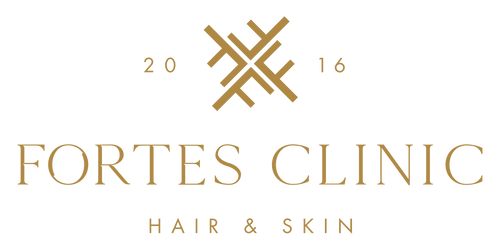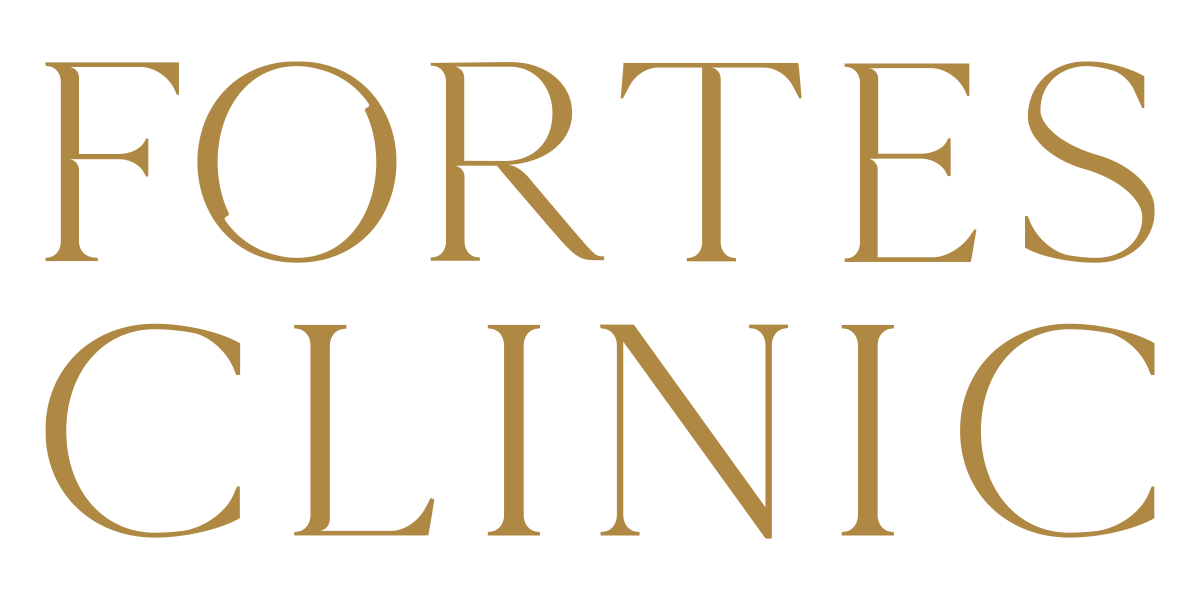In the vast landscape of skin concerns, the health of our hair follicles often gets overlooked. Yet, these tiny structures are pivotal not only for hair growth but also for overall skin health. An infected hair follicle can cause discomfort, visible skin anomalies, and even more severe conditions if left untreated.
What is a Hair Follicle?
Every tuft of hair, whether it’s on your head, arms, or elsewhere, begins its journey from a small pouch-like structure beneath the skin called a hair follicle. Besides giving rise to hair, these follicles produce sebum, an essential oil that keeps our skin supple and moisturised.
Importance of Hair Follicle Health
A healthy hair follicle is crucial for the growth of strong, lustrous hair. Moreover, when these follicles are in good shape, they contribute to balanced skin that’s free from inflammation, excessive oiliness, or dryness.
Understanding Hair Follicle Infections
Most of us have, at some point, experienced an itchy, painful bump surrounding a hair strand. That’s often an infected hair follicle making its presence felt.
Causes of Infected Hair Follicles
Shaving and Waxing
The act of removing hair, if not done with care, can lead to tiny wounds. These microscopic cuts or bruises become gateways for bacteria. Blunt razors, poor quality wax, or even hurried shaving can contribute.
Blocked Pores
Daily exposure to dirt, sweat, and even beauty products can lead to blocked pores. When hair follicles get trapped with this debris, it can lead to infections.
Bacterial Infections
Bacteria, notably Staphylococcus aureus, are frequently the offenders behind follicle infections. They can invade a hair follicle, leading to inflammation.
Weakened Immune System
Individuals with reduced immunity, whether due to a medical condition or certain medications, can be more prone to skin infections, including folliculitis.
Types of Hair Follicle Infections
Folliculitis
Appearing as small, red, and sometimes pus-filled bumps around the hair follicles, folliculitis is the most common form of hair follicle infection.
Carbuncles and Furuncles (Boils)
These are painful, deeper infections, resulting in larger lumps filled with pus. They often require more intensive treatments.
Pseudofolliculitis Barbae
Otherwise known as ingrown hairs, is seen predominantly in men who shave, this is caused by hair strands curling back into the skin, leading to inflammation.
Primary Signs of an Infected Hair Follicle
Being informed about the symptoms is vital for early detection and management.
Red and Swollen Bumps
These bumps are usually the initial indicators, appearing inflamed and may feel warm to touch.
Pain or Tenderness
The skin surrounding the infected follicle becomes sensitive, and there might be a throbbing sensation.
Pus-filled Blisters
In more aggravated cases, these bumps can evolve into blisters filled with a yellowish fluid.
Hair Loss Around the Infected Area
The inflammation can weaken the hair shaft, causing it to break or fall out.
Itchy Skin
A persistent itchiness can surround the infected region, adding to the discomfort.
Complications of Neglected Hair Follicle Infections
An untreated infection can escalate into more pressing concerns.
Scarring
Post-inflammatory scarring can leave behind marks or dark patches, marring the skin’s appearance.
Recurring Infections
Neglected or improperly treated infections can become chronic, frequently recurring and causing more discomfort each time.
Abscess Formation
An untreated infection can burrow deeper into the skin, leading to a painful pocket of pus known as an abscess.
Cellulitis
This is a widespread skin infection that manifests as extensive redness, swelling, and pain, often requiring oral antibiotics.
Sepsis (In Severe Cases)
When the infection enters the bloodstream, it can result in sepsis, a life-threatening condition that requires immediate medical attention.
Prevention and Management
Managing hair follicle health is a blend of good hygiene and informed skincare.
Proper Hair Removal Techniques
Clean and Sterilised Tools
Hygiene is paramount. Ensure that tools like razors and tweezers are cleaned and sterilised before use.
Exfoliating Before Hair Removal
Gently exfoliating the skin can rid it of dead cells, ensuring smoother hair removal and reducing the chances of ingrown hairs.
Moisturising After Hair Removal
Post hair removal, the skin needs soothing. A gentle, hydrating moisturiser can prevent dryness and irritation.
Skin Care Habits to Prevent Blockages
A consistent skincare routine that involves cleansing, exfoliating, and moisturising can keep skin clear and hair follicles unblocked.
Recognising and Addressing Early Signs
Should you notice any of the symptoms mentioned, it’s prudent to seek treatment early to prevent complications.
When to Consult a Dermatologist or Healthcare Professional
Not every infected hair follicle requires a doctor’s visit, but some situations warrant expert intervention by a Fortes skin expert:
Persistent Infections
If the symptoms persist beyond a week or worsen despite home remedies, consult a dermatologist.
Excessive Pain or Swelling
Severe symptoms such as intense pain, significant swelling, or the rapid spread of redness indicate a deeper infection.
Symptoms of Systemic Infections
If you experience body-wide symptoms like fever, chills, or fatigue along with a localised skin infection, it’s crucial to seek medical advice immediately.
Summary
Importance of Hair Follicle Awareness
Understanding our hair follicles and their health is more than just about maintaining lustrous locks; it’s integral to ensuring our skin remains healthy, radiant, and infection-free.
Emphasis on Early Detection and Treatment
The key to managing infected hair follicles lies in early detection and prompt treatment. By staying vigilant, informed, and proactive, one can prevent complications and ensure that their skin remains as radiant and healthy as ever.



